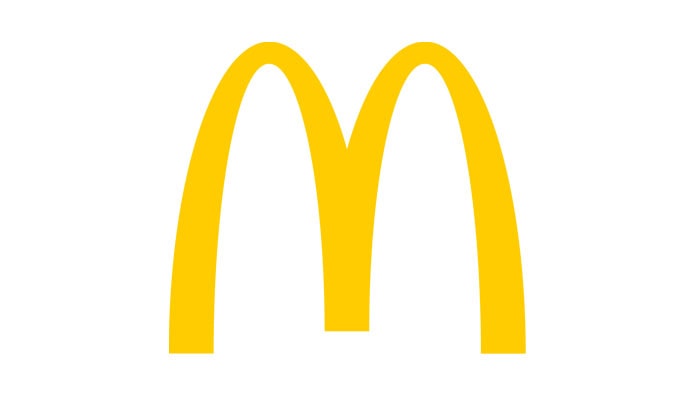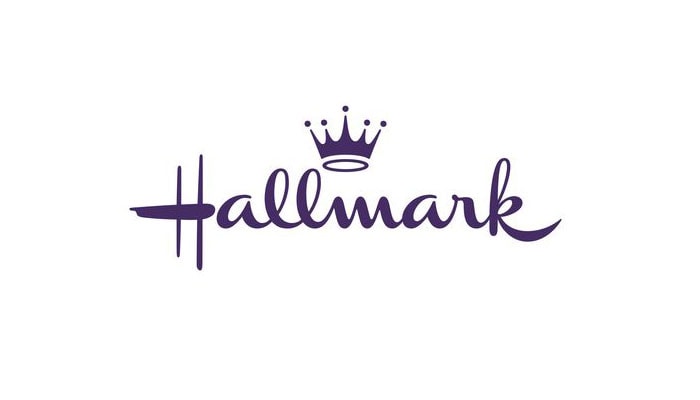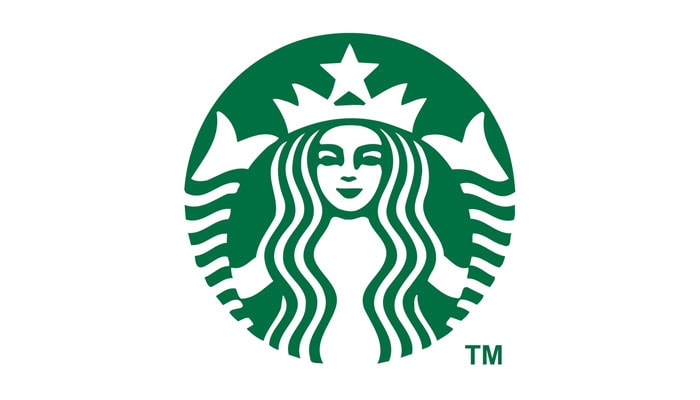There is a room in my house–the dining room to be exact–that my husband absolutely hates. It’s small, yes, and a bit dark but neither of those things really bother him. Half of the walls are a lovely, light grey but the other half of the walls are…wait for it…sherbet orange! Yep. Not a meal goes by that my husband doesn’t declare, “Those walls make me feel like a crazy person.”
So there you have it. Color matters.
Color makes a difference when you’re trying to make a great first impression. As business owners we are constantly trying to make positive and lasting effect on our potential customers. So it’s critical that we take a good hard look at our brand and analyze it all–including the influence of the colors we use.
Before meeting a client, an impression based on your branding and company presence has already been made. Your logo, colors and imagery provide valuable information on a subconscious level. Colors evokes thoughts and feelings–sometimes societal and sometimes situational. Though you can’t always predict how someone might react to color, it’s a good idea to do your research before fully committing to a branded color scheme.
There are psychological effects of color worth considering and it’s best to familiarize yourself with the basics sooner rather than later. So before you decide to brand your next business using only Sherbet orange, brush up on your color psychology first!
Colors and the messages they send
Black: authority, power, elegance, intelligence

Black is actually the absence of color and often implies simplicity, class and stoicism. It often used when targeting high-end markets because of its elegance and sophistication.
Red: aggressive, danger, passion, life, love

Warm colors tend to be stimulating and may imbue a sense of comfort. Red is striking and demands attention— it’s often used as a call to action color as a result (the buttons, badges and bold lettering that seems to scream, “Buy me!”). But deep reds can also evoke visions of aggression, violence and danger due to an association with the color red and our own blood.
Orange: energy, playful, bright, proceed with caution

Unlike red, orange evokes a sort of bright playfulness that marketers often use to their advantage. Many people find the color energizing and motivating. That said, Arttherapyblog.com suggests proceeding with caution when it comes to the color orange: “You do want to be careful about using bright colors like orange and especially yellow. They reflect more light and excessively stimulate a person’s eyes which can lead to irritation.”
Whoops! Wish I had read that bit before deciding to paint my dining room!
Yellow: warm, happy, cheery, hunger inducing

Yellow is one of the cheeriest colors of all, our smiley emoticons being the perfect example. It’s is also known to jump start an appetite! Ever noticed how many fast food joints use the color yellow?
Blue: trust, loyalty, calm, wisdom, confidence

Oh, blue! You’re so dependable! In my opinion, blue is the most overused color on the planet–and for good reason; it instills trust, wisdom, confidence and safety. What business doesn’t want to evoke those sorts of emotions?
On the flip side, do you really want to look like everyone else? Think about it…
Purple: royalty, luxury, wealth, mystery, spirituality

Purple is associated with royalty because it was used to symbolize social ranking during the middle ages. Using purple can add a premium feel to your business. Lighter shades can be associated with beauty, mystery and spirituality.
If you ask me, purple also screams MUPPET. But who doesn’t love a muppet?
Green: fresh, health, money, fertility, harmony

Green is easy on the eyes and has an undeniable calming effect. Darker shades can imply money, wealth and even envy. So remember: the darkness, lightness and saturation of a color can have massive effects on the meaning too! So pay close attention and do your homework.
Please note: colors can also have dual meanings depending on the cultures and backgrounds of your audience. For example, color white means sterility in the USA but it also means death or mourning in countries like China and Japan. Other colors can have negative meanings too like green which can also inspire a feeling of sickness or boredom.
So pay attention, do your research and make sure that your brand isn’t sending your audience the wrong message!




